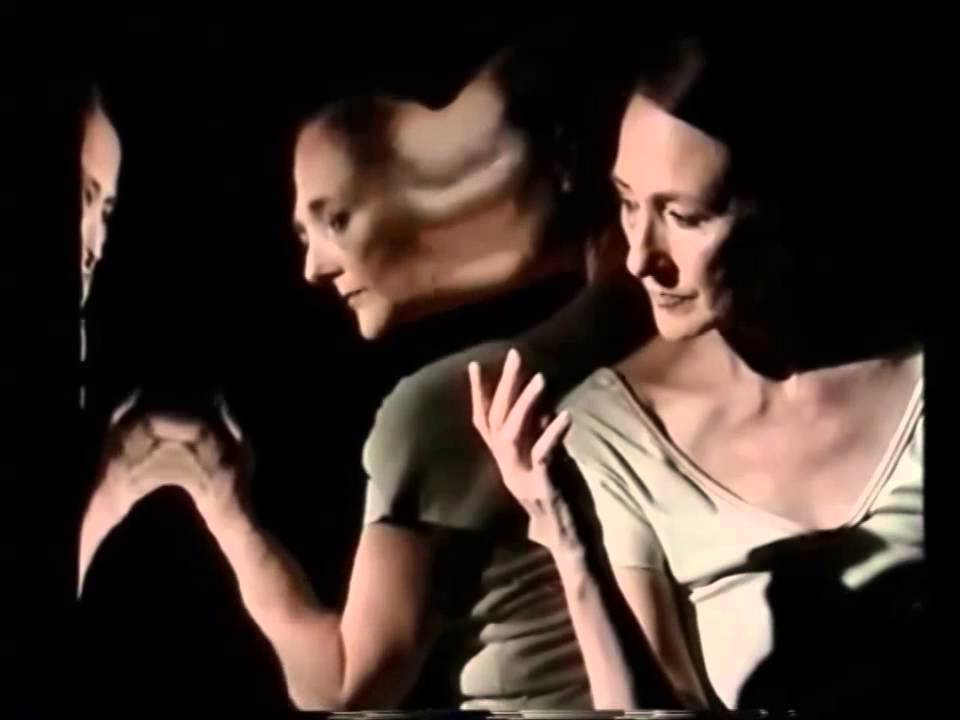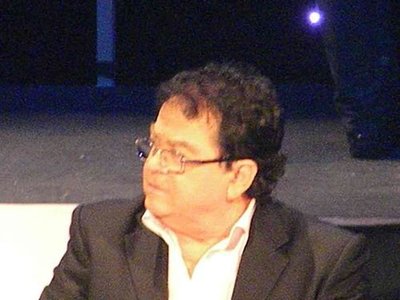Rina Schenfeld: A Dance Pioneer and Innovator
Rina Schenfeld's groundbreaking contributions to contemporary dance have solidified her place as a visionary artist and teacher in the world of dance. Her unique choreographic style, which seamlessly integrates objects and accessories, has left an indelible mark on the Israeli dance landscape and continues to captivate audiences worldwide. Through her creativity and dedication, she has enriched the realm of dance with a distinctive and innovative approach that pushes the boundaries of what is possible in the world of movement and expression.
Rina Schenfeld, born in 1938, is a prominent figure in the world of dance. She is celebrated as a dancer, choreographer, and dance teacher. Her contributions to the art of dance span over several decades and have left an indelible mark on the Israeli contemporary dance scene.
Schenfeld was born in Tel Aviv in 1938 to parents who had immigrated from Galicia. Her journey into the world of dance began at the age of 12 when she started studying classical ballet under the guidance of Mia Arbatova. However, it was after witnessing the performance of Martha Graham, often hailed as the "high priestess" of modern dance, in Israel that Schenfeld became captivated by modern dance.
She decided to further her studies in modern dance under Rina Gluck and even performed with Gluck's troupe at the "Bimat Hamachol" (Dance Stage). Later, she received a scholarship to study at Martha Graham's School of Contemporary Dance in New York. However, she soon transitioned to study at the Juilliard School, where her education expanded to choreography, movement notation, music, classical dance, and more.
During her time at Juilliard, she crossed paths with Pina Bausch, and they became friends and colleagues. It was during this period that Pina Bausch invited Schenfeld to join her company, perform in her theater in Wuppertal, Germany, and offered her the opportunity to lead Bausch's school and well-known troupe.
After many experiences abroad, Schenfeld made a pivotal decision to invest her time, talent, and expertise in Israel, aiming to create, develop, and nurture the Israeli dance scene. She returned to Israel, danced at the Lir Theater of Anna Sokolow, and shortly thereafter, formed her own dance troupe comprising 11 dancers, debuting with her first choreographic work.
Subsequently, she received an invitation from Baroness Batsheva de Rothschild to establish a company named "Bat Sheva." Afterward, Schenfeld returned to New York, where she continued her work with Martha Graham and collaborated with various American choreographers. In 1964, the Bat Sheva Dance Company was founded, with Schenfeld emerging as a leading dancer, choreographer, teacher, and manager.
Within this troupe, she undertook numerous roles in works by prominent choreographers worldwide and Israeli choreographers, including Rena Jerusalem, Martha Sharon, Moshe Efrati, and Ashira Elkayam. The Bat Sheva Dance Company performed on prestigious stages worldwide and was invited to prominent international festivals. Schenfeld herself gained international recognition as "one of the important dancers of her generation" (New York Times), and the works she created within the company achieved great success and international acclaim, such as "Bat Yiftach," "Blind Cow," and more.
In 1978, Schenfeld left the Bat Sheva Dance Company and established the "Rina Schenfeld Dance Theater," which included a troupe, a school, and workshops. Over the years, her dance theater produced more than sixty works, many of which became iconic pieces in the Israeli dance repertoire, including "Threads of Solo" (1978), "Cans and Hair, Sticks and Balloons" (1980), "Waves" (1986), "Bubbles" (1992), "Silk" (1983), and more.
Her works received recognition and great success, leading to invitations to significant dance centers around the world. In recent years, there has been growing interest in Schenfeld's work in the Far East, including Japan, India, and Korea, as they emerge as new and rejuvenated centers of global dance.
In her creative process, Schenfeld developed a unique and original dance language that incorporated objects, human voices, singing, video, music, and painting. While she continued the legacy of Martha Graham, Schenfeld ventured into new territories, integrating elements from Bauhaus, theater of dance, and contemporary dance.
Schenfeld is a highly influential teacher who has nurtured generations of dancers, choreographers, teachers, and dance company managers in Israel and around the world. She has lectured on various dance-related topics and conducted special workshops both in Israel and internationally.
In addition to her dance-related activities, she has appeared in the Israeli Knesset and participated in various events related to the status of women and the promotion of the arts. T
he passing years have not dulled her passion and dedication to her art. She continues to create, teach, lecture, and dance, with no signs of slowing down. Schenfeld remains one of the original and essential representatives of Israeli culture and the Israeli dance scene on the global stage.
The Unique Dance of Rina Schenfeld
Rina Schenfeld's contribution to the world of dance goes beyond choreography and performance. She pioneered a unique dance style that incorporates dance with objects and accessories, adding depth and dimension to movement. Her work transcends mere dance; it explores various concepts that extend beyond movement, using theatrical metaphors that become artistic symbols.
Schenfeld's use of objects assists her in exploring movement beyond the familiar. Objects act as neutral entities that help her discover new ways of moving and express herself differently.
The interaction between the dancer and the object emphasizes the human body's essence, creating captivating shapes, dynamics, energy, and weight distribution.
In her choreographic works, Schenfeld integrates objects like rubber bands, branches, and even an aquarium filled with water. These objects become integral to the dance, shaping the movement and accompanying the music in a dialogue between the moving body and the object. The tension between dynamic movement, which changes form, and the rhythmic vibrations of the objects, adds a profound layer to her choreography.
Schenfeld's use of objects allows her to explore movement and emotions in a unique way. The object's neutrality prevents her from falling into familiar movements and emotions she already knows in her body. Instead, the object becomes a partner in the creative process, enriching her exploration of movement and expression.
Her work often involves a transformation or evolution, where an object undergoes changes throughout the dance, symbolizing a journey or a personal transformation. The interplay between the dancer and the object creates a powerful visual and emotional narrative on stage, leaving a lasting impression on the audience.
- רנה שינפלדhe.wikipedia.org





















